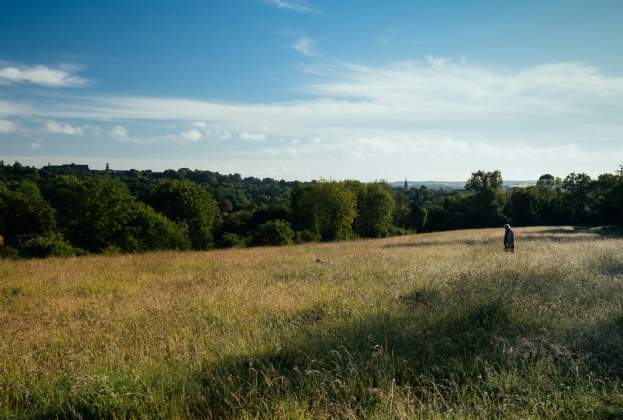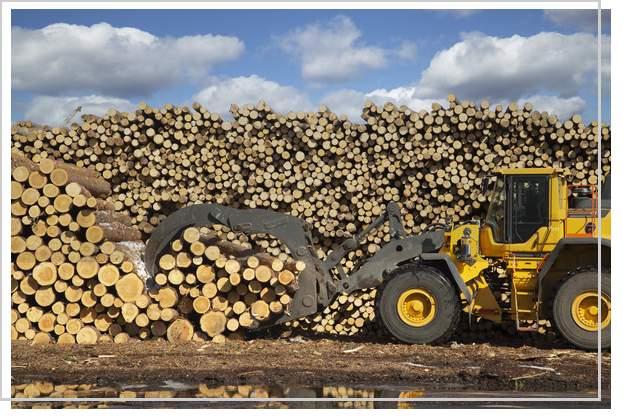The Prime Minister Theresa May wants to use the power of Government to repair the 'dysfunctional housing market', having identified high housing costs as one of the key factors preventing social mobility and a shortage of affordable homes as a structural economic problem.
Housing is firmly at the top of the Government agenda and there is a clear will to use investment and public sector land to help address the housing shortfall which has built up over decades of undersupply. Measures to supply house building include the £3bn Home Builders Fund which will provide £1 billion of short-term loan funding targeted at SMEs and custom builders. It aims to deliver 25,000 homes by 2020. The scheme will also provide £2 billion funding for infrastructure with the emphasis on brownfield land and aims to unlock a pipeline of up to 200,000 homes over the longer term.
A further £2 billion has been allocated to the Accelerated Construction Fund in order to address ‘failures in the market’. This fund will use public sector borrowing to support faster delivery of housing on public sector land. Government will deliver outline planning permission, undertake the costs of some remediation work to reduce development risks on their sites and offer support to local authorities to do the same on theirs.
The most eye-catching feature of the scheme, however is that the fund can be used to buy unsold stock, containing the development risk of building and selling faster. This is a bold move and one that Sir Edward Lister, Chairman of the Homes and Communities Agency (HCA), sought to downplay at the Home Builders Federation Housing Market Intelligence (HMI) Conference. He told house builders that while the fund was available to buy such stock he hoped it would not need to be used in this way as ‘demand is outstripping supply’.
Our analysis shows that we should be building around 300,000 new homes a year to meet need and address years of undersupply. Yet, in the year to March 2015, we delivered 171,000 net additional homes including conversions. Although Savills analysis of other data does indicate that 2015/16 delivery might be up to 200,000 additional homes, this leaves an annual shortfall of at least 100,000. If closing this gap has been a challenge over the last four years of strong house price growth, it will become even harder if the market takes a breather and house builders come under pressure.
So far, the impact of the Brexit vote has been far from uniform across markets. Sales of new build homes have been resilient in most parts outside London particularly in core markets where affordability is less of an issue and buyers can take advantage of low interest rates. By contrast, central London’s higher value markets were already under growing pressure well before the Brexit vote.
Overall, however, we expect a change of pace in the market. With slower sales and softer pricing providing less of an incentive to accelerate delivery of homes for sale, there is a real concern that the rate of house building could slow if new stock is overwhelmingly aimed at homebuyers.
A much broader approach to house building is needed more than ever before. Although it is early days the initial signs are that the new Government is alive to this. In a change to the previous regime’s housing policy, we have seen a shift away from a single focus on building new homes for home ownership to a recognition that we need to deliver more homes of every single type.
We now need to see a suite of policies which support increasing supply through widening the range of developers, diversifying tenure and increasing land supply in the right places.
A longer version of Susan Emmett's blog was published in Estates Gazette.
Further information
Read more: Savills Residential Property Focus
(1).jpg)
.png)
.jpg)
.jpg)




(1).jpg)
.jpg)
